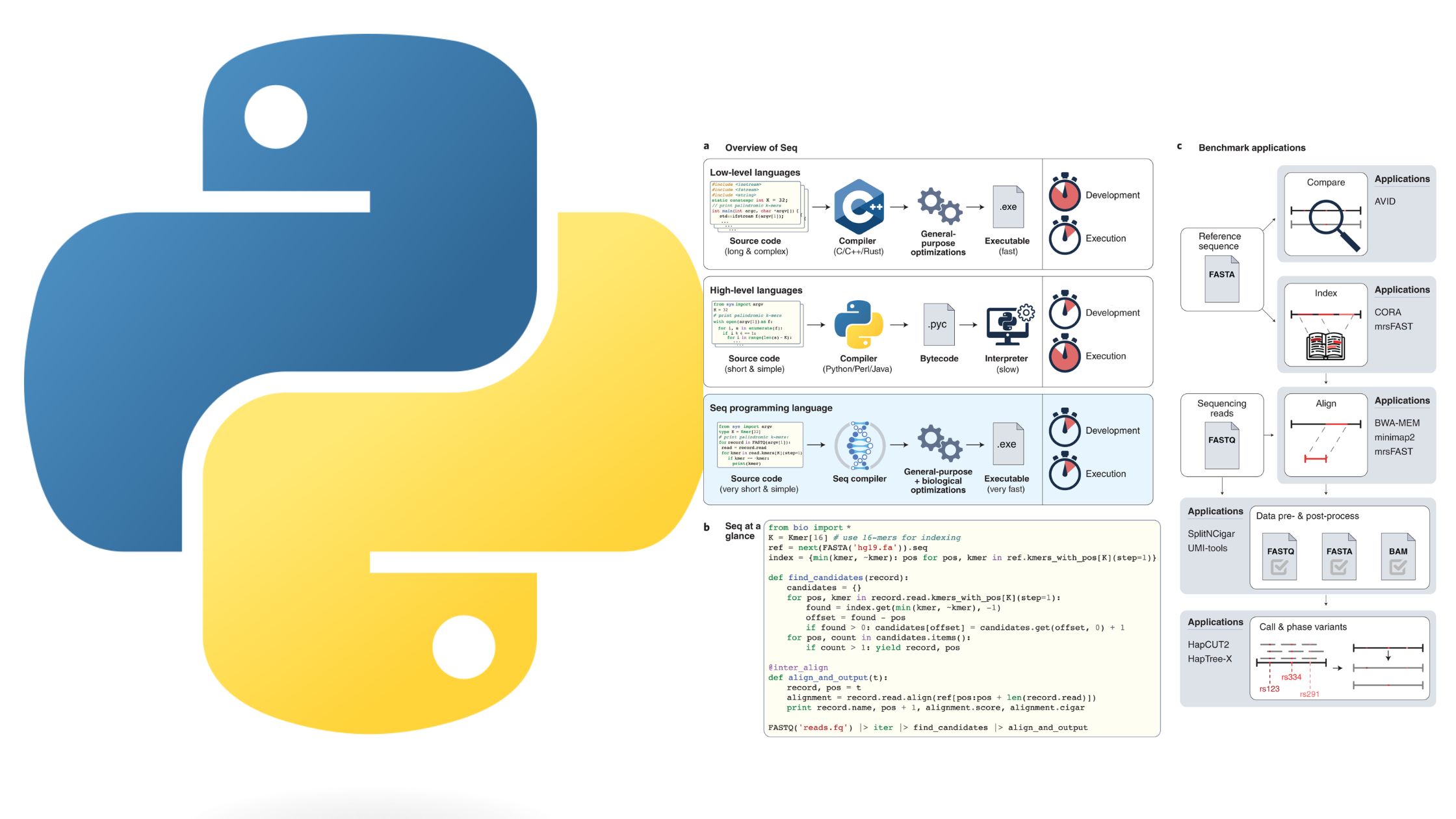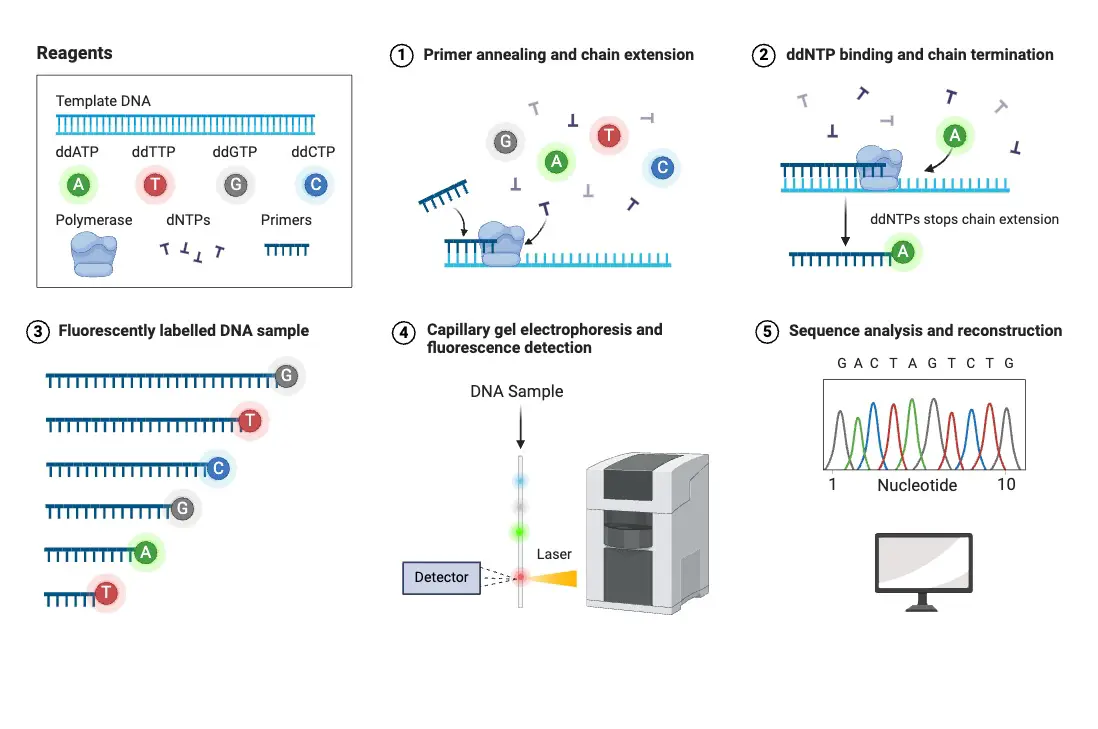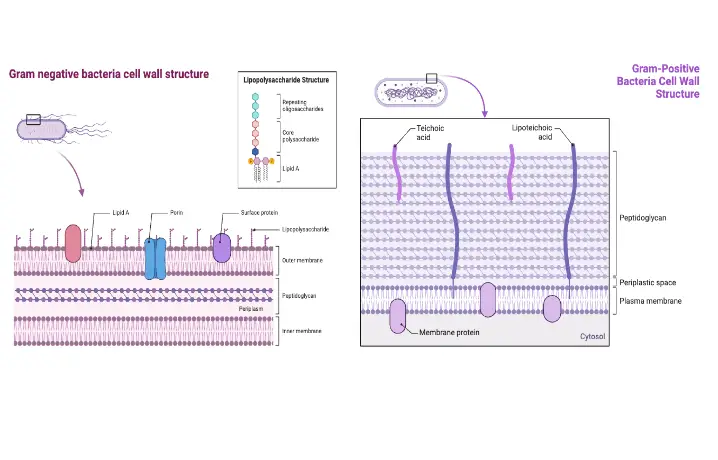Marchantia – Characteristics, Structure, Reproduction, Classification
Marchantia Marchantia is a genus of liverworts belonging to the family Marchantiaceae and the order Marchantiales. These liverworts are non-vascular plants that thrive in damp, shady environments. The thallus of Marchantia is differentiated into two distinct layers. The upper layer is photosynthetic and features a well-defined epidermis with pores. These pores facilitate gas exchange, crucial … Read more









